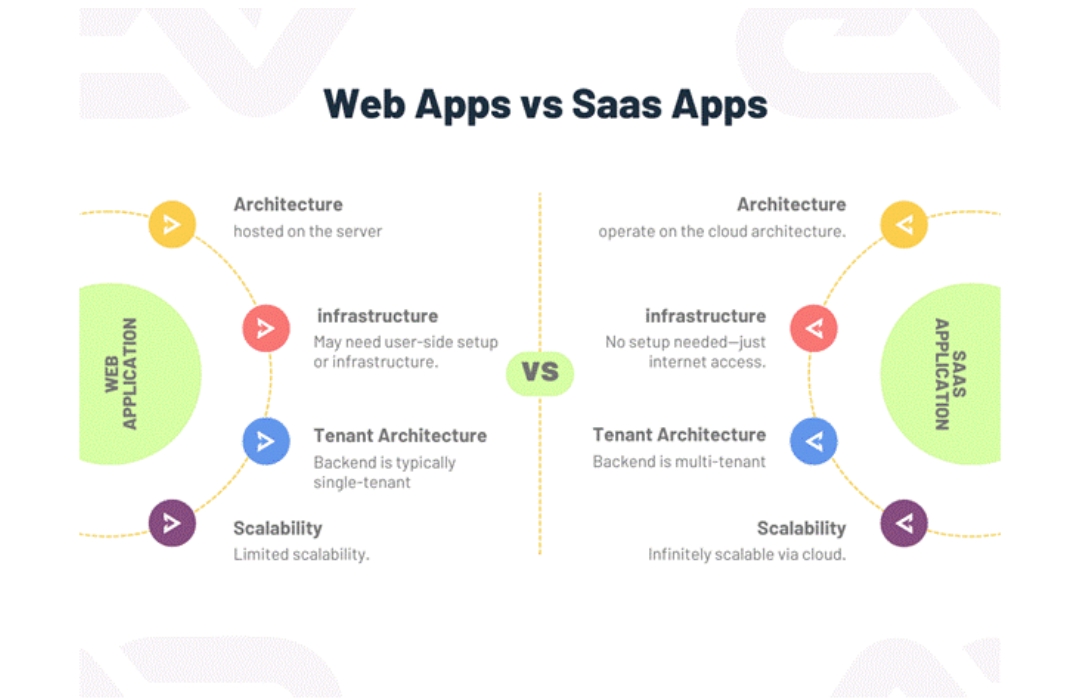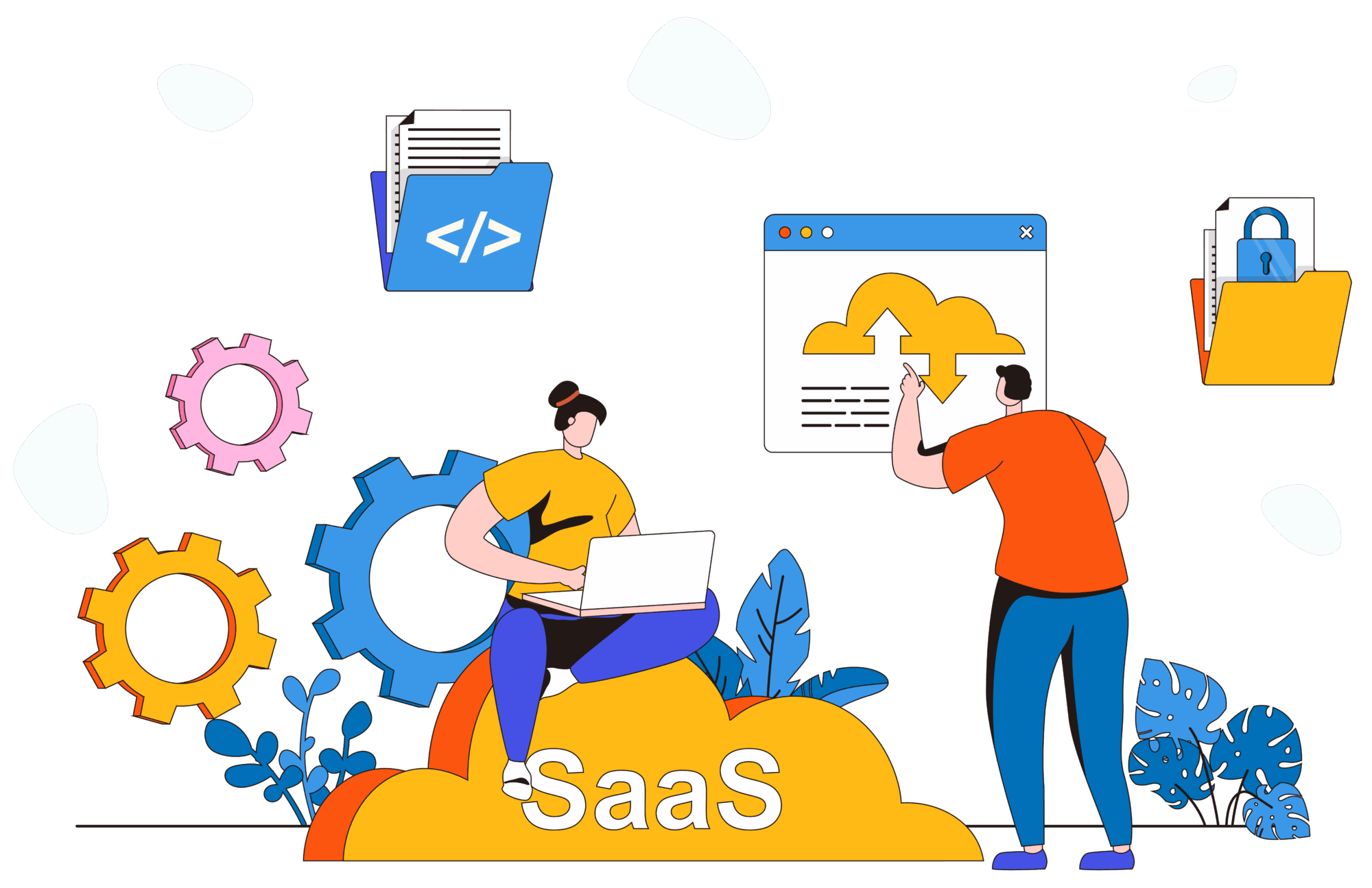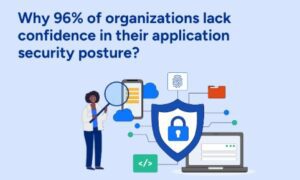SaaS (Software-as-a-Service) is a revolutionary change in how software is delivered and consumed. SaaS solutions are utilized in various segments, from simple applications to high-level CRM. This is due to the fact that they offer demanding access to flexible, scalable, and generally more inexpensive tools than traditional ones. Traditional software requires installation and maintenance on individual devices, but a SaaS company is far better because it provides applications hosted in the cloud and accessible over the internet.
With the growing market challenges and processes, SaaS software Development is the priority for many businesses. For companies aiming to stay competitive, investing in custom software development is essential to meet unique business needs and ensure long-term scalability. The best feature is the AI-powered SaaS development, which provides more ease by automating processes such as workflow automation, predictive analytics, and customer personalization. Amazon, Azure, and Salesforce are a few examples of Saas companies.
What is a SaaS Model?
Users can access web applications via the internet using the Software-as-a-Service (SaaS) cloud computing concept. These have features like updates, security, and maintenance, and may be accessible through a browser. In this model, the application provider gives access to the client and manages all physical and software resources. It’s like “subscribing to the application instead of purchasing or installing it locally”. The host is responsible for checking the updates and doing maintenance, and the user doesn’t need to install it.
The process of creating cloud-based apps is known as SaaS software development. Documentation generation, design, programming, testing, and server deployment are all part of it.
Difference between Web Application and SaaS Application
The infographic shows the core differences between a Web app and a SaaS app.

What are the benefits of SaaS application development?
SaaS applications outrank traditional software in key areas, which explains the growing affinity users and startups have toward them.
1. Scalability
With the use of APIs, third-party features are integrated into the SaaS apps, making the software easier to use. Users don’t need to install or purchase it; rather, they can subscribe to the application, and if they need better features, they can upgrade to the next subscription plan with a few clicks.
2. Financial Advantages
The SaaS model gives benefits to businesses with the feature to have a constant revenue stream and lower unit costs. Users have to “pay for what they use.” They don’t need to buy any special equipment or pay technicians.
3. No Need For Special Hardware
Because SaaS programs are cloud-based, users can utilize them on any device with internet access, and no specific equipment is required. It’s even more advantageous when used remotely. For instance, you need a 1 GHz processor with Windows 10 installed in order to utilize Microsoft Word. However, you may compose lengthy texts using SaaS systems like Google Docs without any gear.
4. Other Benefits
SaaS database providers have SSL and TLS encryption as standard security protocols to protect user data and communication. Users can access data while sitting anywhere and from any device. All the updates take place by the vendor without interfering with the customer. Most SaaS apps have real-time sharing and allow links to other apps, most notably Google Docs.
Process Of SaaS Development
The following steps are involved in SaaS Development.

Challenges & Solutions in Modern SaaS Development
● Scalability
SaaS applications must be designed for scalability. If multiple users use the app at the same time, the SaaS application should not slow down and cause problems. To avoid this issue, use microservices and cloud tools like AWS and Azure that help in autoscaling and load balancing.
● Security and Privacy
While developing a SaaS application, focus on the security and privacy of customers’ data. SaaS stores user data in the cloud, and there are chances for this data to be hacked. Breaches can harm your reputation and cost millions. So, always use multilayered security approaches to save users’ data and to save the reputation of your application. Conduct regular security audits and upgrades. Take help from testing tools (e.g, JMeter), which help in spotting bottlenecks early.
● Integrating Third-Party Services
Integration of third-party services into a SaaS application is a complex but essential step. To improve the performance of SaaS applications, many SaaS providers integrate APIs. Managing multiple APIs can be challenging. Common payment gateways such as PayPal and Stripe are also integrated into SaaS applications, and they require manual and automated testing for seamless workflow. APIs give more scalability to SaaS applications, but their integration must be done by experts to avoid bugs and challenges.
● User Experience and Retention
In SaaS, user retention and a good user experience are necessary things. This includes regular updates, responsiveness to feedback, and efficient customer support. Major SaaS software such as Slack and Dropbox keep on updating their features to build more trust and to further enhance their operations. Difficult onboarding or a confusing application drives customers away, so build a smooth onboarding process with guides and tutorials. Keep updating your app based on user reviews and needs.
Final Take
Understanding and overcoming challenges in SaaS development is very important to build user-friendly and successful SaaS applications. By choosing the right development team, right tech stack, and utilizing the right strategies, SaaS companies like Valueans can help customers to have their desired SaaS development Services.





























